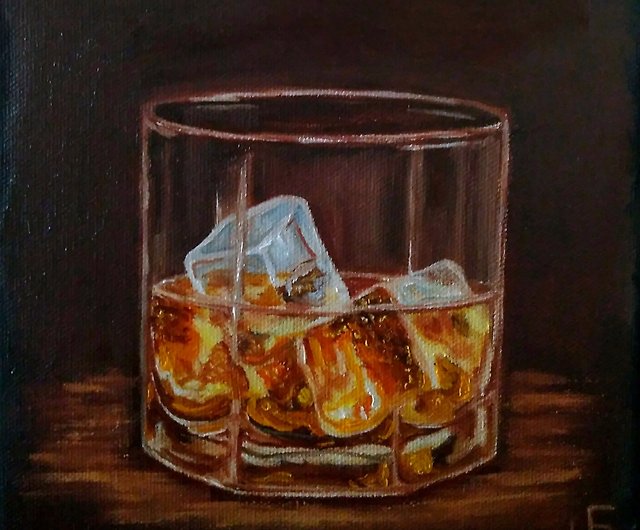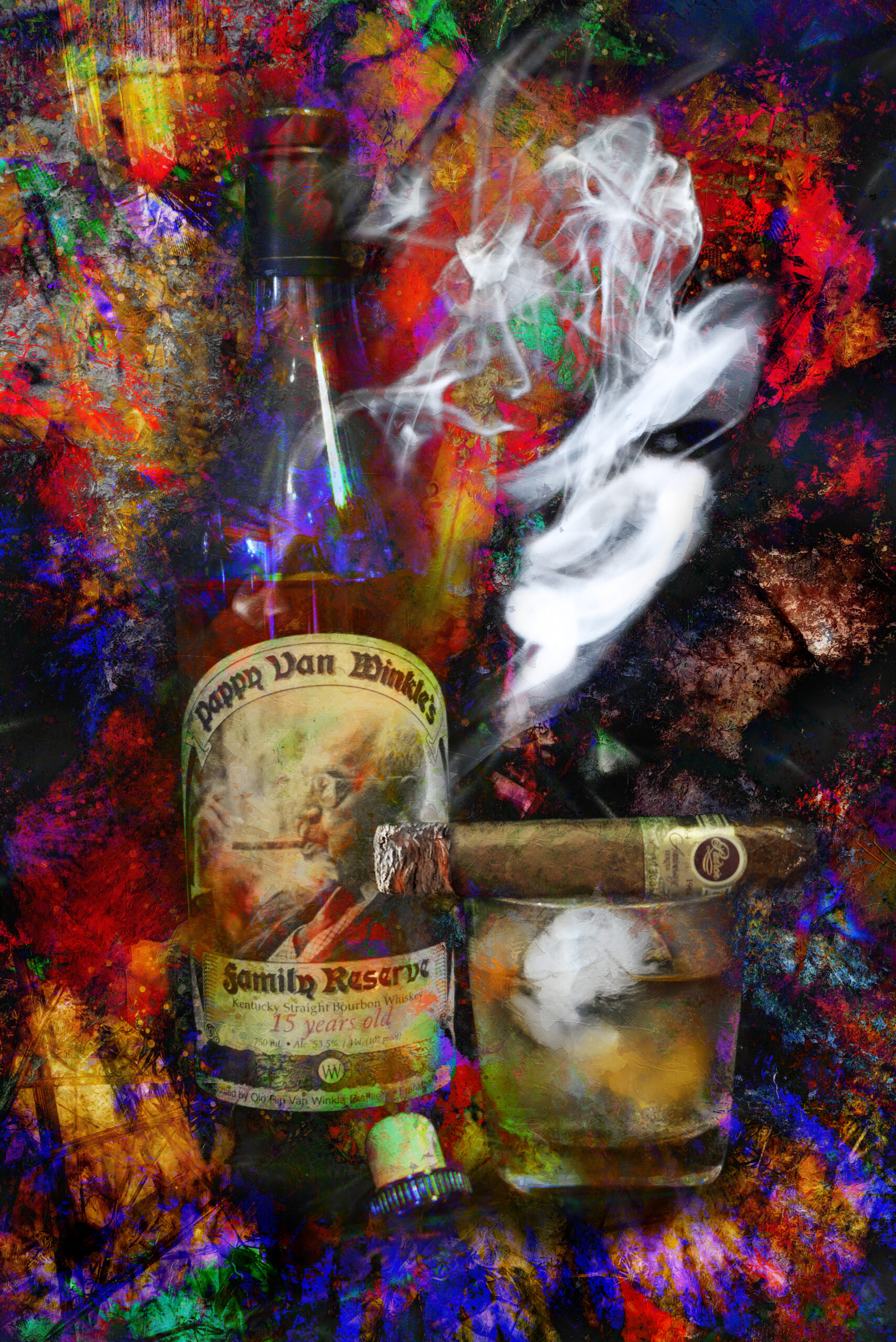The Value of Whiskey Art in Celebrating Heritage and Craftsmanship in the Beverage Sector
The intricate partnership in between scotch art and the party of heritage and workmanship within the beverage sector can not be overstated. Via thoughtfully made labels and bottles, bourbon brand names encapsulate their historic origins and the artisanal abilities that define their production techniques.
The Historic Roots of Whiskey
At the heart of scotch's attraction lies an abundant tapestry of historical origins that trace back to ancient civilizations. The origins of bourbon can be connected to the distillation practices of the Sumerians and Babylonians around 2000 BCE, where early forms of fermented grain drinks began to arise. It was in the Middle Ages that the art of purification progressed dramatically, particularly in Ireland and Scotland, leading to the development of scotch as we understand it today.
The term "whiskey" itself obtains from the Gaelic word "uisce beatha," indicating "water of life." This phrase underscores the cultural significance of bourbon in Celtic cultures, where it was typically connected with rituals, celebrations, and public bonding. By the 15th century, purification became a recognized craft within monastic communities, leading the means for the facility of lawful distilleries.
As trade paths increased, scotch's popularity expanded, transcending local boundaries and catching the passion of connoisseurs worldwide. Bourbon Art. This historical journey reflects not just the craftsmanship behind whiskey manufacturing but likewise its essential role in social and social contexts, marking it as a considerable drink throughout history
Artistic Expression in Branding
Whiskey branding stands as an engaging crossway of artistry and commerce, where aesthetic identification plays a crucial function in shaping consumer perception. The aesthetics of scotch tags, packaging, and advertising products mirror not just the brand's story yet likewise its core worths and heritage. Through creative expression, distilleries convey a story that resonates with consumers, evoking emotions and sparking links.
Using color, typography, and imagery in branding serves to distinguish products in a saturated market. Typical concepts might stimulate a feeling of authenticity and workmanship, while modern-day designs can indicate innovation and forward-thinking. This strategic artistic direction improves brand acknowledgment and loyalty, allowing consumers to forge a personal partnership with the whiskey they select.
Furthermore, artistic expression in branding frequently serves as an event of regional heritage. Distilleries regularly include neighborhood icons or historic referrals into their styles, creating a local color that invites consumers to participate in a wider cultural experience. Eventually, the virtuosity behind bourbon branding not just improves visual appeal but likewise improves the overall story of the brand, promoting a deeper gratitude for the craftsmanship and heritage embedded in each container.
Craftsmanship in Container Style
The virtuosity noticeable in bourbon branding prolongs beyond visual identification to include the craftsmanship associated with container design. Each container acts as a vessel not just for the spirit within, but also for the story it tells about its tradition, top quality, and origin. The design process calls for thorough interest to information, as aspects such as shape, closure, and product contribute substantially to the general understanding of the whiskey.
Workmanship in bottle design involves picking top notch glass that can improve the bourbon's color and clearness, while also supplying a responsive experience for the consumer. The silhouette of the container should be both practical and visually appealing, commonly showing the heritage of the brand name. Numerous distilleries choose special forms or printed logo designs that stimulate a sense of credibility and background.
Furthermore, the label style and typography play a critical duty in connecting the brand name's narrative. Limited Edition. A well-crafted container not just astounds the consumer's eye however also strengthens the brand name's dedication to quality and practice. By doing this, the workmanship of bottle style becomes an essential element of the bourbon experience, merging creativity with a profound regard for heritage
Social Significance of Whiskey Art
Commemorating custom and craftsmanship, the cultural value of bourbon art goes beyond plain aesthetics, linking with the social and historical stories of the regions from which it stems. Each bottle works as a canvas, showing the one-of-a-kind tales, folklore, and traditions that have actually formed neighborhood whiskey-making techniques. The intricate layouts typically reflect the heritage of the distillers, incorporating signs and concepts that reverberate with the culture and worths of their communities.

On top of that, bourbon art plays an important duty in common celebrations and events, acting as a tangible web link in between individuals and their shared experiences. By appreciating the creativity in scotch product packaging, consumers cultivate a much deeper understanding and regard for the craft, inevitably enhancing their pleasure of the drink itself.
Modern Trends in Scotch Discussion
Over the last few years, the presentation of scotch has advanced to show contemporary tastes and patterns while still recognizing typical craftsmanship - Bourbon Art. Distilleries are significantly focusing on aesthetic aspects that enhance the total alcohol consumption experience, bridging the void between heritage and modernity
Cutting-edge bottle styles have actually emerged, often integrating lasting products and artistic tags that inform engaging stories. Numerous brand names now collaborate with local musicians, infusing their items with one-of-a-kind aesthetic expressions her comment is here that resonate with consumers. In addition, limited-edition releases are typically packaged in collectible containers, including value and charm for lovers.

Verdict
In final thought, bourbon art offers as a crucial avenue for revealing the heritage and craftsmanship integral in the drink sector. Through complex branding, ingenious bottle styles, and culturally substantial creative aspects, scotch brand names properly recognize their traditions and attach with consumers.


Craftsmanship in container layout entails choosing high-grade glass that can enhance the scotch's shade and clarity, while additionally giving a responsive experience for the customer. In this way, the workmanship of container style comes to be a crucial facet of the whiskey experience, merging virtuosity with an extensive regard for heritage.
In final thought, scotch art serves as a crucial avenue for sharing the heritage and workmanship fundamental in the beverage sector.